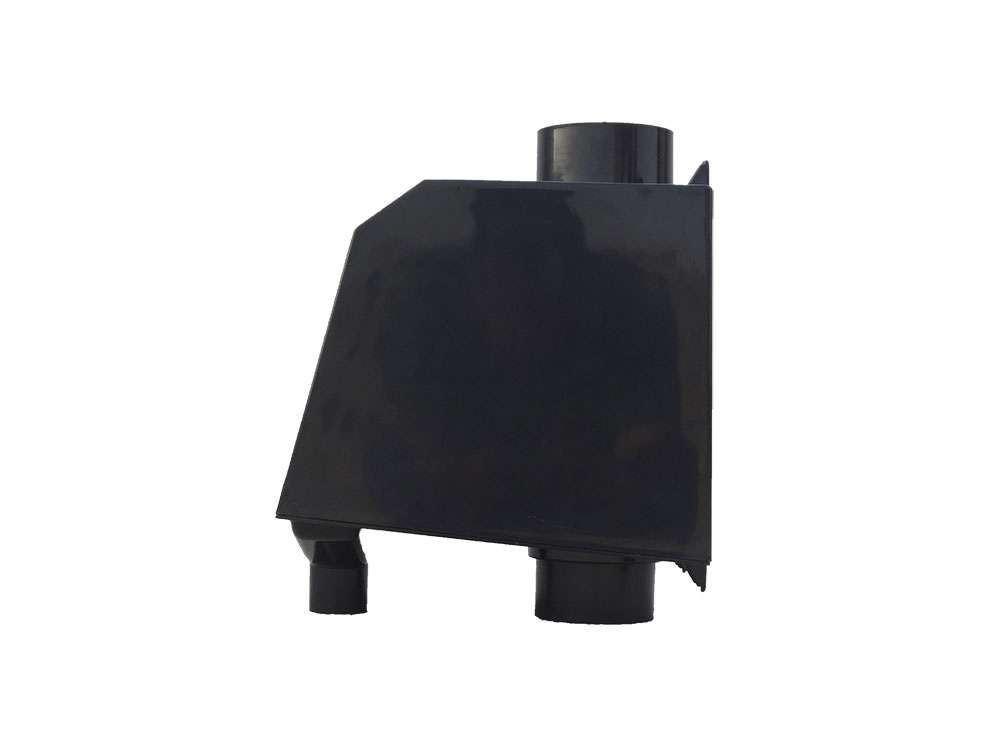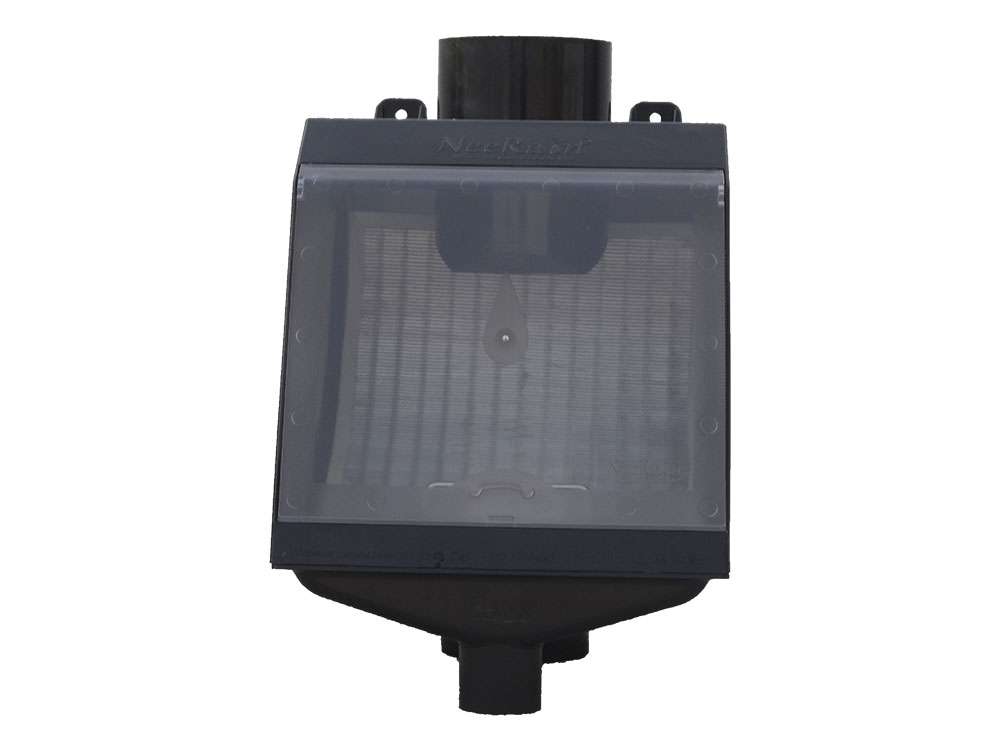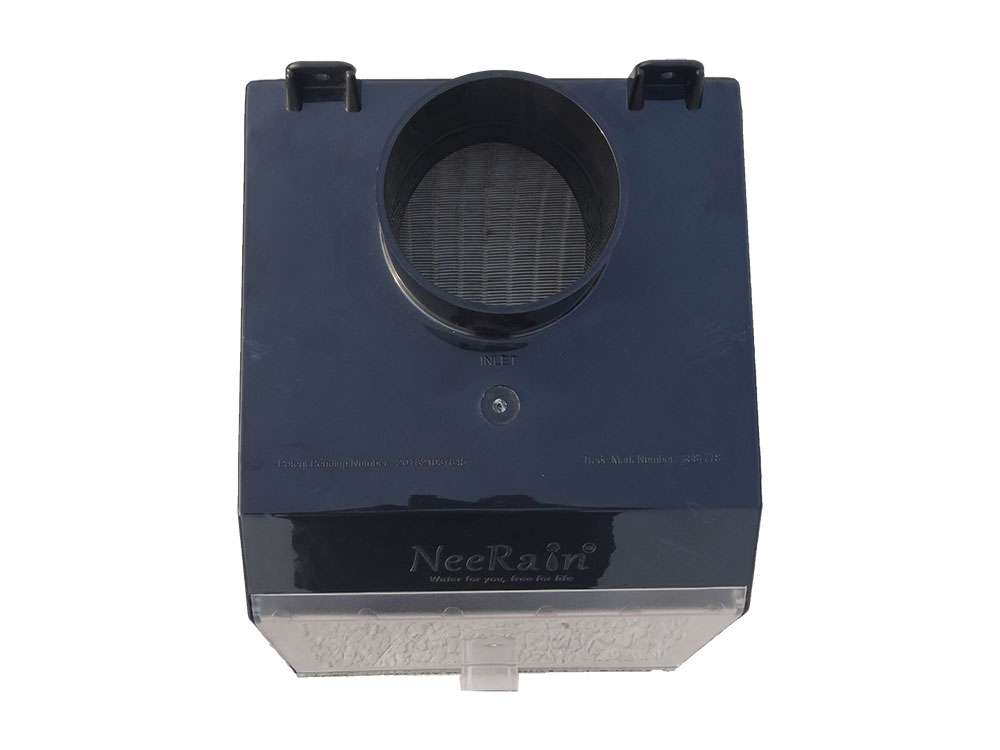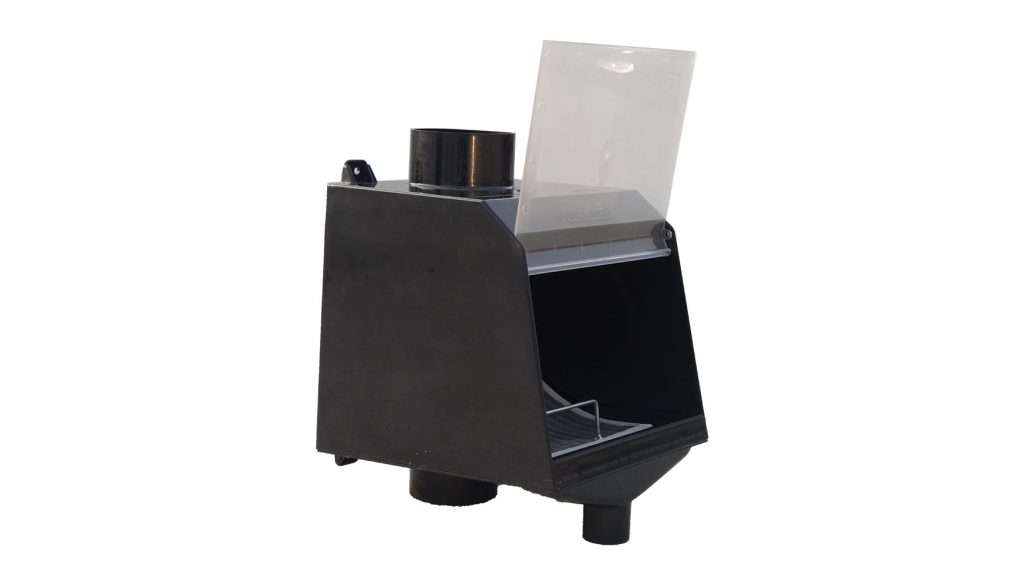#நீரின்றி அமையாது உலகு
Rain Water Filter
JM Technologies
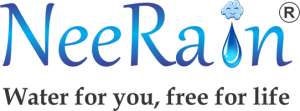
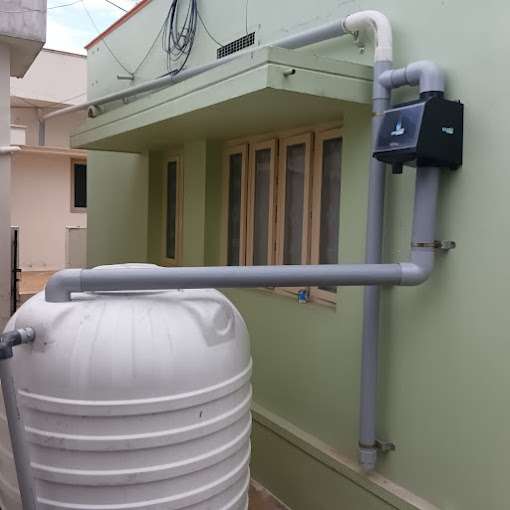
An overview of the rainwater filter
The only widely accessible, affordable source of water is rainwater.
Building rooftops frequently collect high-quality rainwater that doesn’t need to be extensively purified. It is recommended to set up a rainwater drainage system for family drinking water demands in places with an annual rainfall of more than 200mm if there is no other source of water.
What Is Rainwater Harvesting?
This usually entails collecting rain from a roof. Rain will gather in gutters, which will then direct the water through downspouts and eventually into a storage container. Rainwater collection systems can range from the straightforward to the complex, capturing rainwater into massive cisterns to meet your complete household's needs.
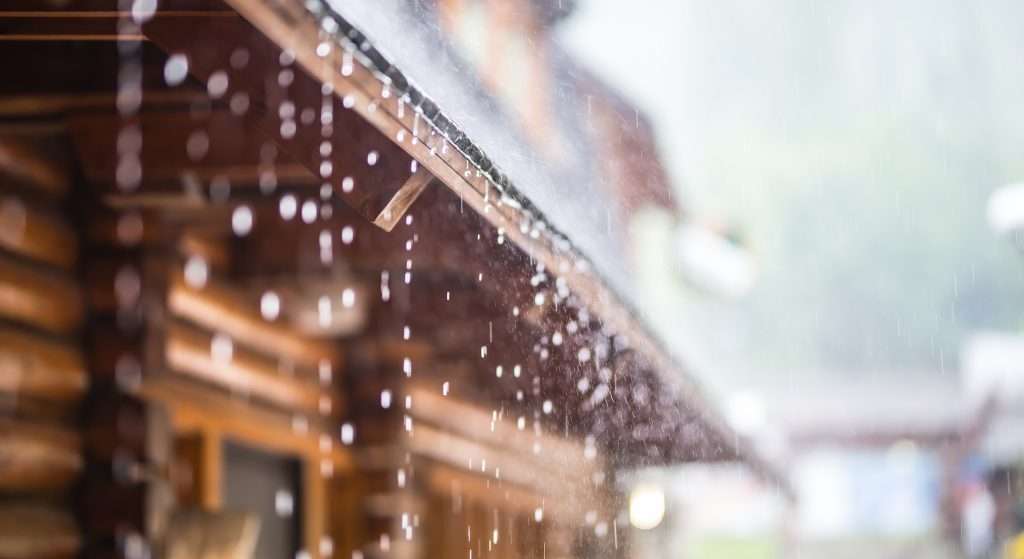

Installation of RAINTAP Popup Filter
In a building, rainWater is normally allowed to flow down from the roof through pipes. These pipes may be of PVC, asbestos, cement, cast iron, galvanized iron etc. However, PVC pipes are commonly used in the present times. They are cost effective and convenient for installation. RAINTAPTM Popup Filter can be installed to any of the above pipes with suitable inlet and outlet fixtures or fittings.
Filter element
Filter element is made of plastic net and mesh to effectively filter rainWater from the roof of a building. A cap holder facilitates installation of the filter element inside the filter body and also positions the filter element at appropriate height inside the filter body. While removing the filter element from the filter, gently pull the cap-holder with its handle vertically upwards. Make sure the entire length of the filter element is pulled out of the filter before tilting. While installing the filter element back into its position, make sure the mesh role enters the barrel without any crinkle.
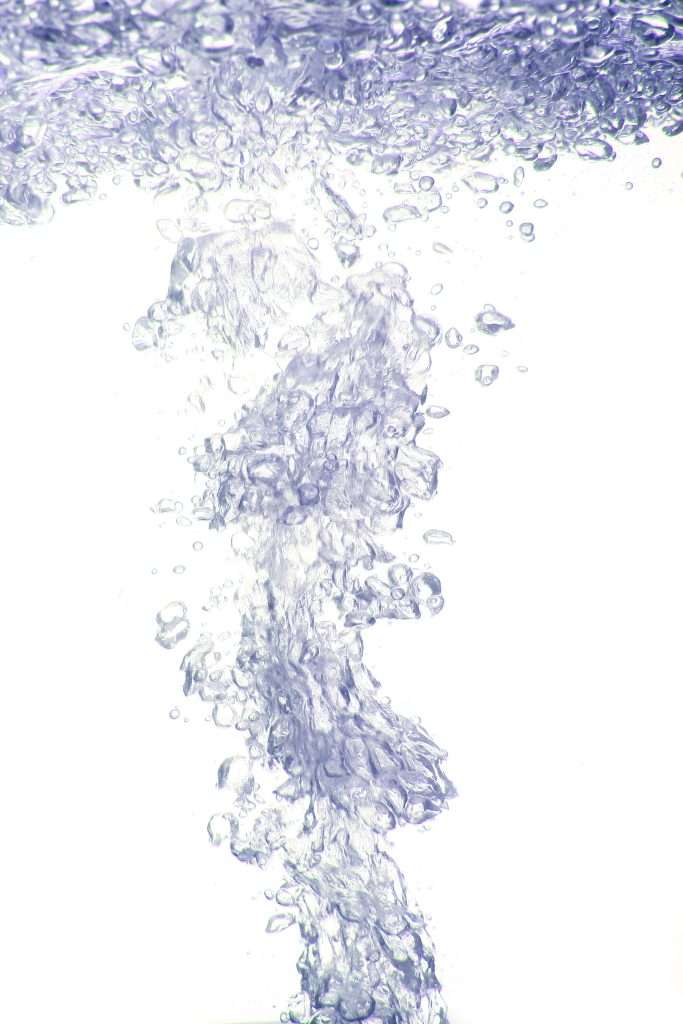
Benefits Of Rainwater Collection
- A comparatively pristine and cost-free source of water is rainwater.
- It is socially and environmentally acceptable, encourages self-sufficiency, and aids in water conservation.
- You have complete control over your water supply (perfect for cities with water limits).
- Because it is not chlorinated, rainwater is healthier for landscaping plants and gardens.
- It also helps to lessen stormwater runoff from houses and businesses.
- It can address your property’s drainage issues and give you free water.
- It makes use of affordable, straightforward technologies that are simple to maintain.
- It can be utilized as a primary water source or as a backup for municipal water systems and wells.
- The system is simple to retrofit to an existing building or to erect while building a new house.
Advantages
- No water loss
- No Stagnant Impurities
- Live Monitoring
- Micro filtration up to 200 Microns
- Low plumbing cost
- Reverse Y filtration
- Ready to fix
- Long performance life
- Saves bore well
- No Maintenance headache
- No recurring cost
- No Consumables
- No Electricity
- No Human Intervention
Features
- Two stages of filtration.
- Filter element 1 – SS 304 non-clogging V-wire filter – 500 Micron
- Filter Element 2 – Polymeric filter – 200 Micron
- Transparent Lid, one can see harvesting live.
- Inlet and Outlet size – 110 mm.
- Suitable for a roof area of 150 M2

